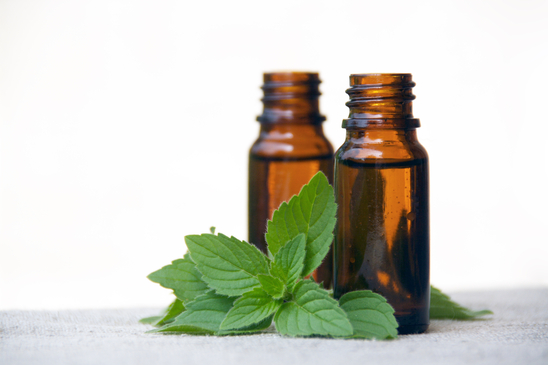Healthcare Is The Third Leading Cause of Death
According to Health Watch “Health Care is the Third Leading Cause of Death.” IS THIS REASON ENOUGH TO EAT RESPONSIBLY?
Researchers found that medical errors claim about 251,000 lives every year. Only heart disease and cancer kill more Americans. There is no requirement for health care providers to report deadly medical errors and they’ve resisted doing so.
Researchers found there are 700 needless deaths a day because of medical mistakes. That is nearly 10% percent of all deaths the United States.
The yearly death toll of medical errors includes:
-
106,000 deaths due to negative effects of drugs
-
80,000 deaths due to hospital infections
-
12,000 deaths due to unnecessary surgery
7 Ways to Protect Yourself from Deadly Mistakes:
You can protect yourself and loved ones from common health care errors by taking simple precautions:
-
Infections. Make sure doctors and nurses wash their hands before they touch you. Wearing gloves is not a safe substitute for handwashing.
-
Misdiagnoses. An estimated one in 10 medical diagnoses are wrong. If there’s any doubt, get a second opinion.
-
Identity. Hospitals sometimes mix up the treatment of people with similar names. Before any hospital procedure, make sure the staff checks your entire name, date of birth, and the bar code on your wrist band.
-
IV lines. Bedside tubes can look similar to one another. About 16% of doctors and nurses polled say tube mix-ups happen. The wrong medication goes in the wrong tube. Ask the staff to trace every tube back its point of origin so the right medicine goes in the right tube.
-
Overdoses. Hospitals sometimes overdose patients on medicine. Ask for a list of your medications along with the dosages. Check them to make sure they are correct before taking them.
-
Blood type. Know your blood type. Before getting a blood transfusion, check the bag to make sure it’s a match.
-
Pharmacy mistakes. Each year 30 million prescriptions are dispensed improperly. When you’re at the pharmacy, open the package. Show the medicine to the pharmacist to make sure it’s right. Make sure your name is on the label.













